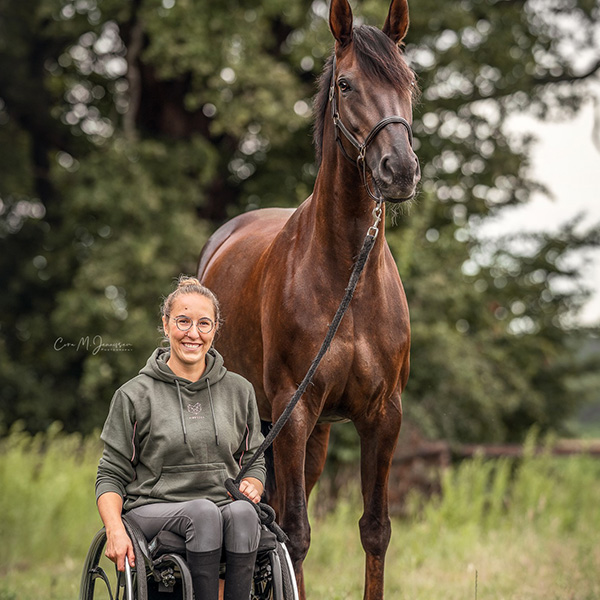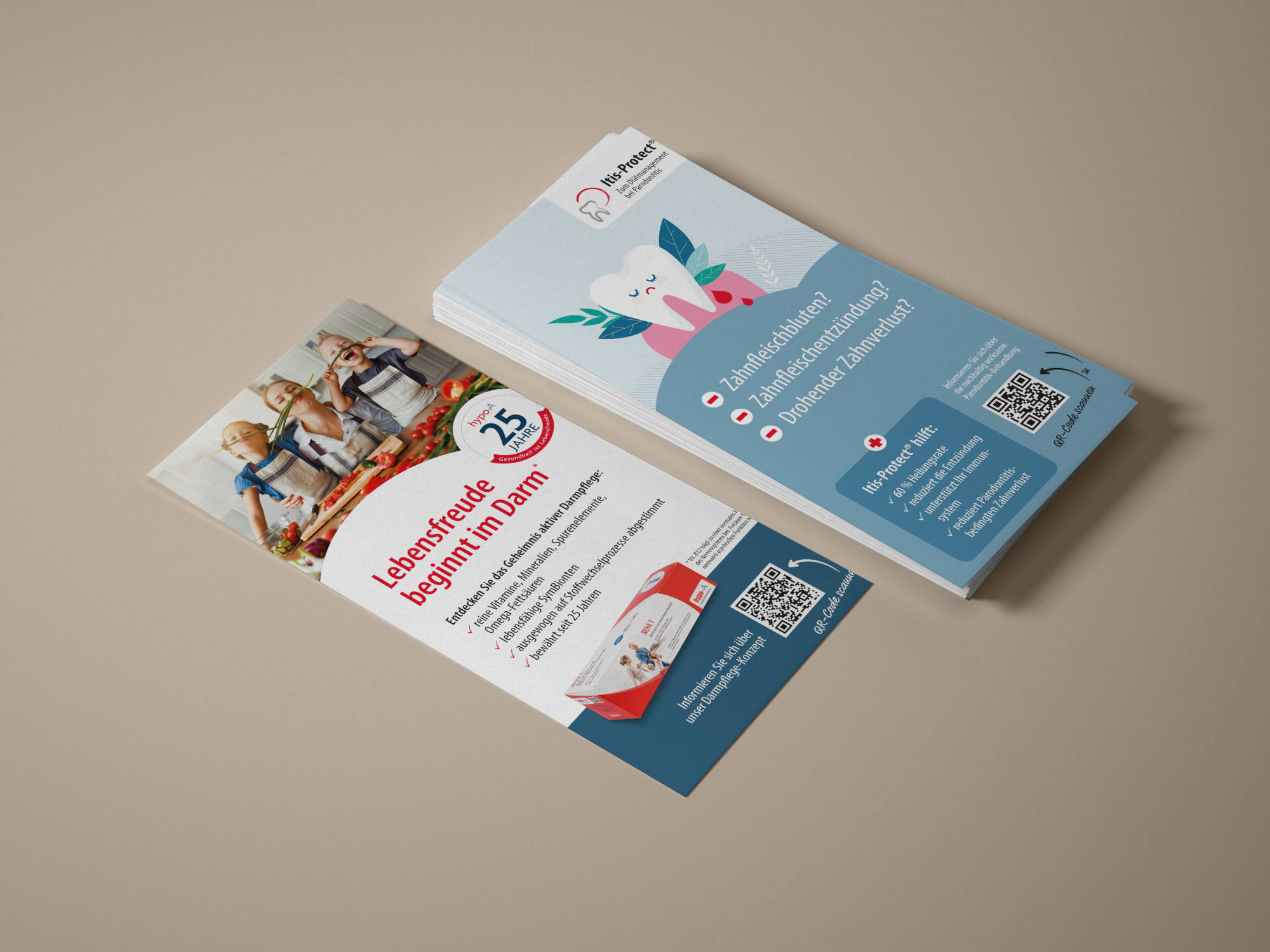05/10/2023
Nanoparticles - a risky game with small particles?

With a diameter of between 1 and 100 nanometres, nanoparticles are the dwarfs among particles (Greek nanós = dwarf) - and around a thousand times smaller than the diameter of a hair.
The special thing about nanoparticles:
Due to their small size, they have completely different properties to larger particles of the same substance.
This harbours opportunities, but also risks!
Widespread: Nanoparticles in everyday life
Nanoparticles are used in many areas. In everyday life, for example, we encounter them in
- Cosmetics, foodstuffs, cleaning agents or biocides Functional clothing (water/dirt-repellent, antibacterial, UV protection) moisture and dirt-repellent impregnation sprays, facade paints, awnings, tents, etc.
- Fresh-keeping boxes, chopping boards, non-stick coatings on frying pans
- Refrigerators and washing machines ...
It is almost impossible to keep track of everything. This applies to consumers and authorities alike:
"Da es keine Meldepflicht für Nanomaterialien gibt, liegen dem BfR keine gesicherten Informationen zum Umfang der bereits auf dem Markt verfügbaren Nanoprodukte vor"
BfR (Bundesinstitut für Risikobewertung)




Nanoparticles in cosmetics
Nanoparticles are popular additives in cosmetic products.
- Titanium dioxide and zinc oxide act similarly to small mirrors as mechanical UV protection in sun creams, day creams, etc. In contrast to "normal" titanium dioxide, which was previously often used in sun creams, titanium dioxide as a transparent nanoparticle leaves no white marks on the skin.
- Tris-biphenyl-triazine (TBPT) is also used as a sunscreen.
- Nano silver in deodorants, soaps and creams is said to kill bacteria and prevent unpleasant body odour
- Nano-aluminium particles in make-up are supposed to conceal wrinkles. In deodorants, they fight bacteria and therefore unwanted odours
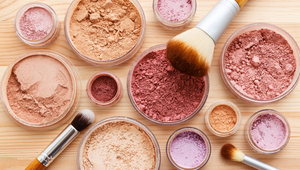
- Silicon dioxide is used as a filler or anti-caking agent in toothpastes, make-up, powders, etc.
- Biocomposites in toothpastes are designed to support the natural tooth repair mechanism of saliva.
- Carbon black (carbon black, "super black", CI 77266 (nano)) is found as a colourant in mascara, eyeliner, eyeliner, eye shadow, eyebrow pencils and nail polish.
- Fullerenes, carbon beads such as the so-called C60, are added to anti-ageing creams to scavenge free radicals and thus counteract skin ageing.
- Nano-sized shells such as liposomes are designed to improve the absorption of active ingredients. Unlike many other nanoparticles, they do not have to be labelled as "nano".
Nanoparticles in food
Even if no nanoparticles are declared: Some "normal" food additives always contain a certain proportion of nanoparticles due to the manufacturing process. These include the white colouring titanium dioxide (E 171), a good third of which is said to be present as nanoparticles, and silicon dioxide (E 551), which ensures that table salt, packet soups and other powders do not clump together.
Nanocapsules (e.g. liposomes, micelles and vesicles) in processed foods and many food supplements ensure that substances such as vitamins and flavourings are absorbed more easily.
Nanoparticles are intended to ensure a longer shelf life for food packaging. Carbon black, silicon dioxide and titanium nitride are permitted.
Nanomaterials in food have had to be labelled since 2014 - if they fulfil certain conditions and are, for example, intentionally and technically produced and added.
Overview: Common nanoparticles in everyday life
| Substance | Function | Occurrence | Labelling | Known risks |
|---|---|---|---|---|
| Nanosilver | bactericidal | Textiles, especially sportswear, shoe insoles, washing machines; cosmetics | (nano) in cosmetics; "normal" silver as food colouring E174 | Larger quantities can stain skin and organs grey; accumulation in liver, kidney, spleen, testicles, brain; probably enables absorption of unwanted substances into the brain; toxic to aquatic organisms; can promote the spread of antibiotic resistance; can damage cells; damages aquatic organisms and their offspring (aquatoxic) |
| Titanium dioxide (TiO2) | UV protection; white food colouring | Sun cream, textiles, self-cleaning facades, powder coatings, plasters, mortar | (nano) in cosmetics; E 171 in food also contains nanoparticles | is considered to be well tolerated by the skin; "probably carcinogenic when inhaled"; harmful to aquatic life; in rats: inflammatory reactions and tumours; can promote intestinal inflammation |
| Zinc oxide | UV protection | Sun cream, textiles, paints, plastics | (nano) for cosmetics | Zinc oxide powder can damage the lungs if inhaled. |
| Silicon dioxide | Flow and anti-caking agent, release agent | Packaging, PET bottles, salt, instant soups, coffee creamer | E 551 in food also contains nanoparticles | in laboratory animals: Inflammatory reactions in the liver; possibly disorders in the intestine |
| Carbon black (industrial carbon black) | Black colourant, filter material (activated carbon) | Food packaging, decorative cosmetics, tattoo ink, exhaust fumes from industry / traffic | CI 77266 (nano) for cosmetics | Inhalation of high concentrations of free carbon black: inflammation, coughing, sputum production, bronchitis, lung cancer |
| Carbon nanotubes | Higher load capacity | Textiles | No labelling requirement for textiles | Inflammatory reactions (inflammosome), pulmonary fibrosis |
| Nanocapsules (micelles, liposomes, vesicles) | Transport aid for vitamins, flavours, coenzyme Q10 | Cosmetics, food supplements and other foods | No labelling obligation |
How do nanoparticles get into the body?
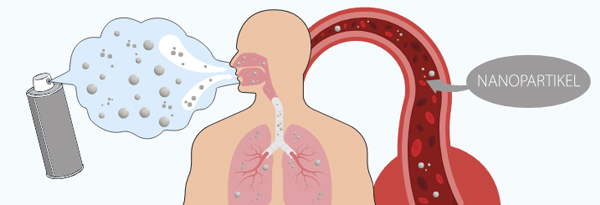
Nanoparticles can enter the body via
- Lungs: Due to their small size, nanoparticles can penetrate very deeply into the lungs. Caution is advised with pressurised gas sprays, for example, which spread a fine spray mist, and fine face powder.
- Mouth: Nanoparticles ingested via the mouth can pass through the stomach and intestines into the blood and on into the rest of the body.
- Skin: According to current research, intact skin provides a good barrier. Caution is advised with inflamed or injured skin (sunburn, wounds, neurodermatitis and other skin diseases) Smelling nerve: According to animal experiments, nanoparticles such as carbon black can penetrate the olfactory nerve into the brain.
To prevent nanoparticles from entering the body, the cosmetics industry relies on numerous tricks such as coating them with silicones and oils, avoiding their use in pressurised gas sprays, etc.
Possible risks from nanoparticles
Most nanoparticles are inorganic, meaning they are not biodegradable and are therefore likely to remain in the environment. They can be absorbed and stored by plants from the soil and thus enter the food chain.
Unbound nanoparticles are considered particularly risky. However, even if they are originally used in bound form, nanoparticles can be released over time. A typical example is aquatoxic nanosilver, which is released from washing machines and textiles into wastewater, sewage sludge and the environment.
In principle, however, the risks of nanoparticles are difficult to assess, as they
- often have completely different characteristics to their big brothers, easily interact with other substances in the body and environment,
- can constantly change their properties after release, are difficult to record and track,are still insufficiently researched.
The BfR also recognises the problem and sees a need for action:
Risks for the environment
The following examples show the risk potential of nanoparticles:
- Nanosilver is aquatoxic, i.e. toxic to numerous aquatic organisms such as algae, fish embryos and microorganisms living in the water. In water fleas, it not only inhibits reproduction and growth, but also harms their offspring by causing them to lose their natural protection against predators. Zinc oxide is also aquatoxic.Titanium dioxide is made even more toxic by sunlight and can reduce biodiversity in the soil.
- Titanium dioxide, nano-silver and nano-gold can cause damage over generations (increased mortality rate, disruption of reproduction in roundworms and water fleas).
- Some nanoparticles can lead to developmental disorders and changes in gills and other organs in fish.
- Nanoparticles can change the behaviour of aquatic life.
- Adhering nanoparticles can block the respiratory organs and the feeding apparatus in the right concentration.
However, there are still no scientifically proven findings from long-term studies on the consequences of nanoparticles for health and the environment.
Risks to health
In view of the toxic effects in animals (see above), long-term effects must also be expected in humans. Worryingly, there are indications that individual nanoparticles
- facilitate the absorption of environmental toxins adhering to them, are distributed throughout the body via the blood,Cross important natural barriers such as the blood-brain barrier and the placental barrier,because of their small size, they penetrate body cells relatively easily (pinocytosis) and can accumulate in the body.
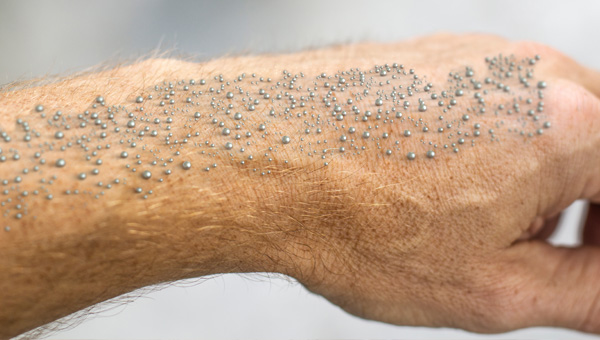
The following examples show what this can mean for our health:
- Nano-titanium dioxide has been classified by the European Commission as "probably carcinogenic by inhalation".
- Titanium dioxide can increase intestinal inflammation.
- Zinc oxide powder can damage the lungs if inhaled.
- Nanosilver inhibits and kills bacteria - and, like antibiotics, does not differentiate between beneficial and harmful species. In view of the great importance of our microbiome, the widespread use of nanosilver in washing machines, textiles, etc. should therefore be viewed extremely critically. Even the BfR warns against this. There is also a risk of increased antibiotic resistance. Nanosilver in dressings can cause mild skin irritation.
- Nano-silicon dioxide quickly forms larger aggregates. However, it is now known that these can break down again into nano-sized particles in the intestine. In laboratory animals, silicon dioxide particles have been found in the liver, for example, where they led to inflammation.
- Researchers at the University of Duisburg-Essen were able to show in 2019 that a large number of nanomaterials bind to bacteria in the digestive tract. Bacteria modified in this way are less easily recognised by the immune system. Fullerenes are controversial because, unlike many other nanoparticles, they can penetrate the tissue barrier.
"Nanosilber gehört nicht in Lebensmittel, Textilien und Kosmetika"
BfR (Bundesinstitut für Risikobewertung)
How do I recognize nanoproducts?
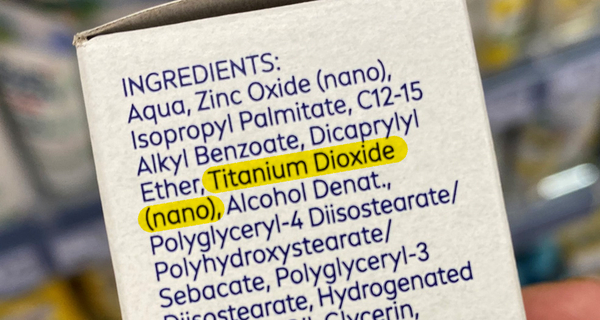
Nanomaterials only have to be labelled in cosmetics, food and biocides. And even then only under certain conditions:
- Cosmetics: Since 2013, nanomaterials in cosmetics must be included in the INCI list with the suffix (nano), in brackets after the substance - if they are intentionally produced, insoluble and biologically stable. This does not include liposomes and micelles, which are broken down or excreted by the body.
- Food: Similar to cosmetics, nanomaterials in food have had to be listed in the list of ingredients with the suffix (nano) after the substance since 2014, provided they have been technically produced and intentionally added. This means that nanoparticles that are automatically created during production, such as silicon dioxide (E 551) and titanium dioxide (E 171), do not have to be declared.
- Biocides: Nanomaterials in biocides and cleaning agents must also be labelled with (nano) in the small print.
- Construction and home products: You should be wary of properties such as "dirt-repellent", "self-cleaning", "bactericidal" or "scratch-resistant". Typical examples are facade coatings and wood varnishes. The BG Bau nano list can help.
Avoiding nanoparticles - tips for everyday life
As long as the long-term effects of nanoparticles on health and the environment remain unclear, we should ask ourselves where nanoproducts are really necessary and useful. In many cases, there are good alternatives:
- Fresh, organic, unpackaged: Fresh, unpackaged organic food offers the best protection against nanoparticles. Ideally from organic farming organisations such as Bioland, Demeter and Naturland, which are highly aware of nanomaterials and how to avoid them.
- Watch out for the small print: Pay attention to the addition (nano) in the list of ingredients for foods and cosmetics.
- Seals can help: "Natural cosmetics" is not a protected term and can also contain nanoparticles. High-quality natural cosmetics seals such as BDIH, NaTrue or Ecocert, which also do not contain microplastics, offer more safety. Rely on natural fibres: When it comes to functional clothing, there is an increasingly wide range of natural products in organic quality. Wool not only warms wonderfully and regulates moisture, it is also easy to care for: wool hardly creases and hardly absorbs dirt or odours. Instead of washing, airing usually ensures a fresh scent. Silk is particularly comfortable to wear, has a temperature-regulating effect and looks particularly chic with its shiny surface.
- Products from hypo-A do not contain any raw materials that have been produced on the basis of nanotechnology or are intended to increase their effectiveness as such. An - albeit incomplete - database on nanoproducts can be found at BUND.
Literature
- BUND database for searching for nanoproducts: https://www.bund.net/themen/chemie/nanotechnologie/nanoprodukte-im-alltag/nanoproduktdatenbank/
- "From the lab to the plate", Study by BUND on the use of nanotechnology in the food sector
- Federal Environment Agency on nanomaterials in the environment: https://www.umweltbundesamt.de/sites/default/files/medien/1410/publikationen/hgp_nanomterialien_in_der_umwelt_final_bf_deutsch.pdf
- https://nanopartikel.info
- https://www.nanoportal-bw.de
- https://www.bfr.bund.de [Retrieved 16 April 2021]






















